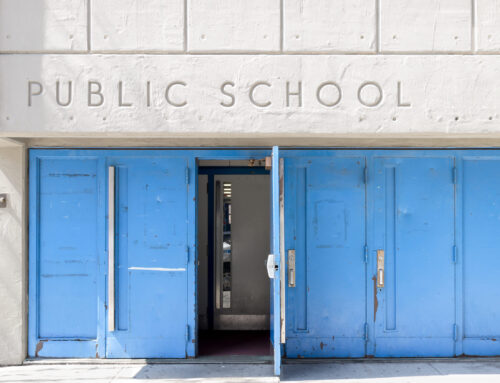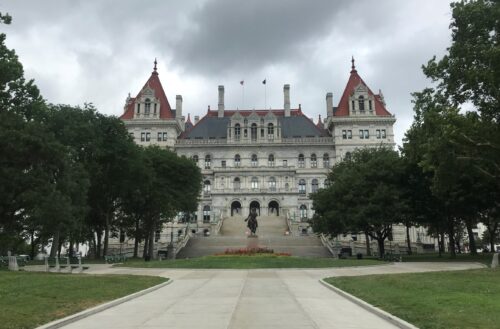
In response to the release of the Fiscal Year 2025 Executive Budget, Kim Sweet, Executive Director of Advocates for Children of New York (AFC), issued the following statement.

AFC works to change education policy so that the public school system serves all children effectively. We publish policy reports and data analyses, testify at the City and State levels, speak out in the press to bring attention to the challenges facing the students and families we serve, and join with other advocates, parents, youth, and educators to call for change.

163 Results Found

In response to the release of the Fiscal Year 2025 Executive Budget, Kim Sweet, Executive Director of Advocates for Children of New York (AFC), issued the following statement.


This brief highlights the impact of the 100 New York City Public Schools (NYCPS) shelter-based community coordinators (SBCCs) hired in 2022–23 and calls on Mayor Adams and the City Council to sustain funding for this critical initiative in the Fiscal Year 2025 budget. Funding for all 100 SBCC positions is set to run dry in June, and the City has not yet committed to continuing to fund their important work.

This report, which is based on conversations with parents of New York City students about their experiences working with their children’s schools as their children were taught to read, makes recommendations for New York City Public Schools (NYCPS) on how to partner with families as the city enters the next stages of its efforts to improve reading instruction across the school system.

In response to the education portion of Governor Hochul’s Executive Budget address, Kim Sweet, Executive Director of Advocates for Children of New York (AFC), issued the following statement.

In response to the release of Mayor Adams’ preliminary budget for Fiscal Year 2025, Kim Sweet, Executive Director of Advocates for Children of New York (AFC), issued the following statement.

In response to Mayor Adams’ education budget announcement, Kim Sweet, Executive Director of Advocates for Children of New York, issued the following statement.

In response to Governor Hochul’s State of the State address, Kim Sweet, Executive Director of Advocates for Children of New York (AFC), issued the following statement.

On the one-year anniversary of Mayor Adams’ press conference announcing he would guarantee that every child who needed a preschool special education class would have one by the spring of 2023, Kim Sweet, Executive Director of Advocates for Children of New York (AFC), issued the following statement.

Kim Sweet, Executive Director of Advocates for Children of New York (AFC), issued the following statement in response to the release of the City’s November Financial Plan.